Oak sage and its cultivation
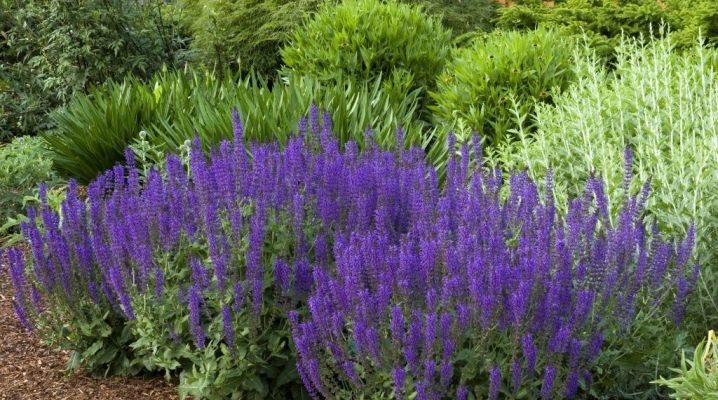
Oak sage is a perennial plant. It is known to many as salvia. The plant is used both in landscape design and in cooking or folk medicine. Therefore, many gardeners want to plant it on their site.
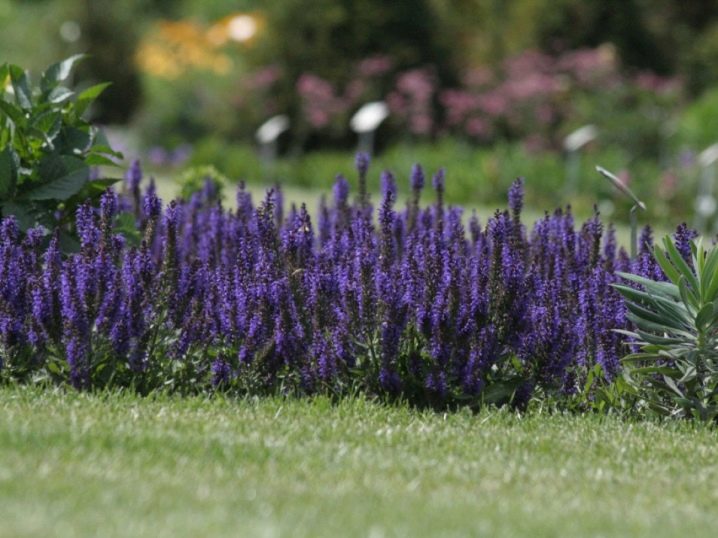
general description
This perennial belongs to the Yasnotkov family. The plant thrives in all conditions. The shrub grows to a height of 80-90 centimeters. Its foliage and shoots are dark green. They contain essential oils. Therefore, they have a bright and rich aroma. The foliage surface is wrinkled.
Sage flowers can be either blue or lilac. They are collected in small inflorescences. Sage flowers have a strong aroma and attract pollinating insects and butterflies.
After flowering, dark round nuts appear on the stems. They can be seen on the bush in early September. It is these fruits that are used for culture propagation.

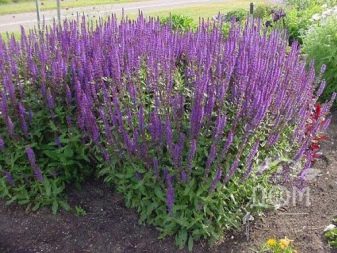
Varieties
There are several varieties of this herbaceous perennial. The following varieties are considered the most common.
- "Schneehugel". It is a beautiful plant with long stems and large foliage. The flowers of this species of sage are bright, bluish-purple. If properly cared for, a plant will bloom several times per season. This type of sage tolerates cold weather very well. Therefore, it can be planted in cold regions.
- Schwellenburg. This type of plant can be recognized by its bright large inflorescences. With proper care, these sage blooms for several months. It is planted in plots exclusively for decorative purposes.
- Ostfriesland. This sage variety has long stems and pointed foliage. This sage blooms throughout the summer. Its buds are usually purple or dark blue.
- Blauchugel. Such sage can be up to half a meter in height. With proper care in one place, it will grow for 5-7 years in a row. During flowering, numerous buds can be seen on the bush, collected in a large, lush ear. The plant at this stage is very similar to lavender.
- New Dimension Blue. This is one of the shortest varieties of oak sage. His bushes are branched, and the buds are collected in neat inflorescences. The plant goes well with evergreen thuja and wildflowers.
- "Caradonna". This sage variety is popular with many landscape designers. Such plants look very beautiful. They bloom for several months. Moreover, even after flowering, this type of sage looks very beautiful.
- "Marcus". This plant is easy to distinguish from others. His flowers are bright purple and very beautiful. The buds are located close to each other. The plant goes well with white crocuses or roses.
- Rose Queen. The peculiarity of this plant is pink flowers with a white color around the edges. Perennial retains its attractiveness for a very long time. The plant looks great in a rose garden. The variety is characterized by increased winter hardiness. Therefore, it can be safely grown in most regions.
- "Amethyst". This plant can be recognized by its light lilac-pink buds. It is quite compact and attractive. The plant goes well with a variety of summer flowers.
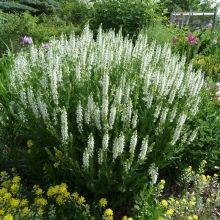
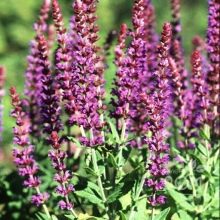
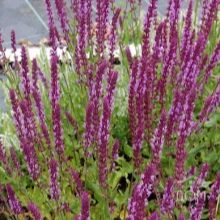
All the varieties described are distinguished by a long flowering period.To preserve the uniqueness of each of them, the plants must be planted at a certain distance from each other. Otherwise, the flowers will be cross-pollinated. This will lead to the loss of their uniqueness.
Landing
Sowing seeds is recommended in early spring. Sage seeds must be pre-processed before planting. Without stratification, they sprout very poorly. The planting material is wrapped in a damp cloth. To speed up the sprouting process, add a few drops of a growth stimulant to the water. In this form, the planting material is left in a warm place for several hours.
To achieve rapid flowering of sage, the plants are pre-grown before planting in open ground. To do this, they are planted in pots with fertile soil. You can buy the soil at a gardening store or make your own. In the second case, fertile soil is mixed with peat and refined sand. The process of germinating seedlings takes 2-3 weeks. Plants are transplanted into open ground after 2-3 leaves appear on each seedling. At this stage of development, they are already quite strong and healthy.

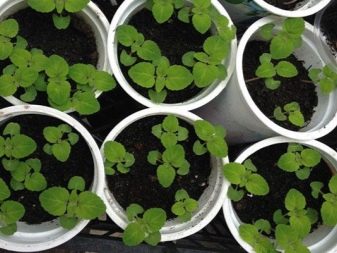
It is important to find a suitable place for planting a plant. Sage grows best in sunny areas. The soil into which the seeds are sown must be fertile and loose. If the acidity of the soil is increased, it is recommended to embed dolomite flour or wood ash into it. It is important that the plant is well protected from drafts.
Before planting sage in open ground, the soil on the site is loosened. After that, holes are formed on the ridges. The depth of each of them should be within 3 centimeters. The soil is watered with warm water. After that, young seedlings are planted in the mixture. Sprinkle the roots of each plant with soil. After that, the site is again watered with warm, settled water.
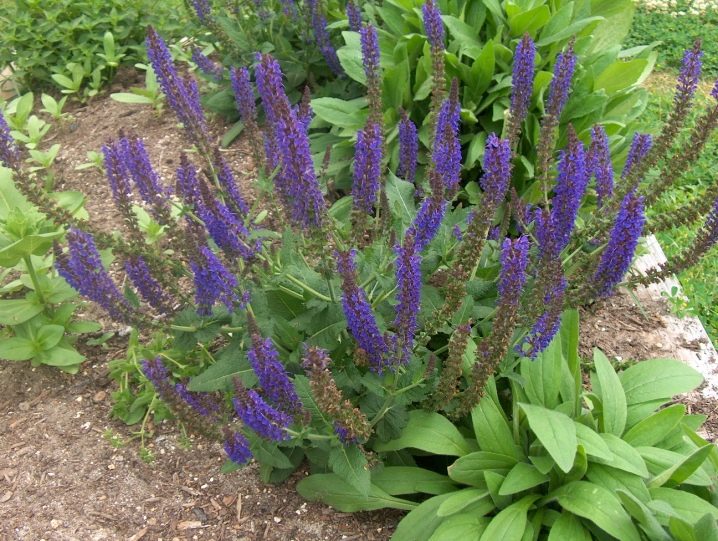
Care
Sage is considered a fairly unpretentious plant. Therefore, it will be easy for even a novice gardener to take care of him. This process is reduced to just a few procedures.
- Watering. Sage tolerates drought well. Therefore, there is no need to water it on a regular basis. The soil is watered as it dries. Water for irrigation should be used settled. It is best to water the plants in the early morning or late evening. Otherwise, the active sun will burn the sage foliage. This will lead to the death of young plants. Watering too much can also negatively affect the health of the sage.
- Weeding. In order for specimens growing in open ground to feel good, the soil next to them must be regularly loosened. This must be done carefully so as not to damage the roots. It is important to remove all weeds during the loosening process. In this case, the plants will receive more nutrients.
- Top dressing. It is recommended to feed the plants once a year. This is usually done in the spring. At this time, gardeners usually plant nitrogen fertilizers in the soil. They stimulate the growth of green mass. In autumn, mineral fertilizers are used to feed sage. They are introduced into the soil after flowering. Fertilizers are best used in liquid form. They are introduced into the soil after watering the plants.
- Pruning. This procedure allows you to form a beautiful neat bush. It is recommended to prune the plants immediately after flowering. Without this, they will remain weak.
Sage does not need special preparation for winter. If the winters in the region are cold, the plants are covered with a layer of mulch. Usually foliage or grass is used for this purpose.
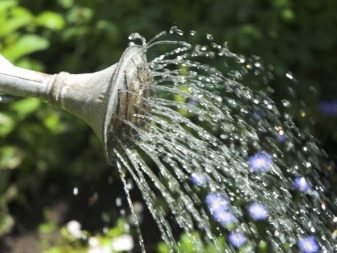
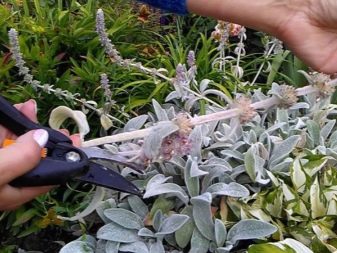
Reproduction
Many gardeners want to breed a crop growing on their site. Sage can be propagated in several ways.
- Cuttings. Both adult and young plants can be cuttings. Cut off the stalk from the bush. Its length should be within 10 centimeters. The plant must be placed in a glass of water. After 2-3 weeks, roots will appear at the cut site. At this stage, the sample should be placed in a container with a nutrient substrate.It is recommended to cover the young stalk with a jar or cling film. In order to prevent the development of fungal diseases, cuttings in such mini-greenhouses are regularly ventilated. Once the cutting has adapted, it can be transplanted into a larger container or into open ground.
- Layers. This method is also quite suitable for breeding sage. The grower should choose the healthiest and strongest branches. Such shoots are gently bent to the ground. The soil in the chosen place should be well moistened. Parts of the plant are gently pinned to the ground and sprinkled with earth. After a few months, the cuttings will take root. At this stage, it can be separated from the mother bush and transplanted to a new location.
- By dividing the bush. This plant propagation method is most often used in the southern regions. Adult bushes gently dig in. After that, they are divided into parts with a shovel or a sharp knife. Delenki are placed in separate planting holes. They are looked after in the same way as for ordinary plants.
If you do everything right, delenki very quickly adapt to new conditions. Therefore, there will be no problems with the reproduction of sage.
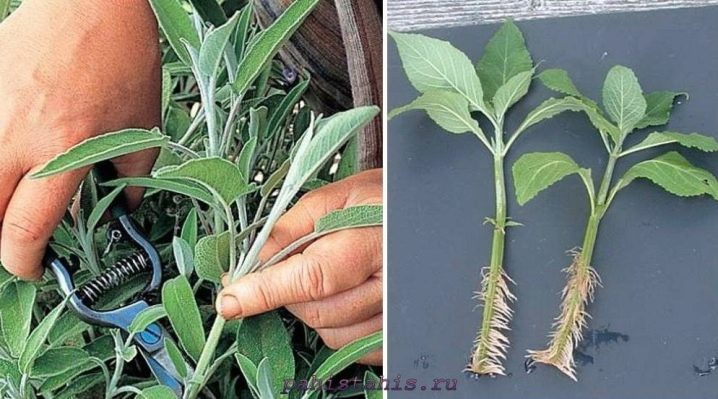
Diseases and pests
Sage foliage repels pests with its aroma. Therefore, insects attack this plant very rarely. Thrips or spider mites are dangerous for sage. To combat them, you can use the means at hand. If there are few pests, the bushes can be treated with an infusion of marigolds or nightshades. If necessary, these products can be replaced with chemical agents. In addition, specimens growing in open ground can attack slugs. They are usually harvested by hand. Instead, you can also sprinkle clean ash or crushed eggshells on the site.
Separately, it is worth talking about the diseases that affect this plant. The most common of these is mold. It develops in high humidity conditions. A sulfur solution is used to fight the disease. They are sprayed with bushes 2-3 times with a break of several days.
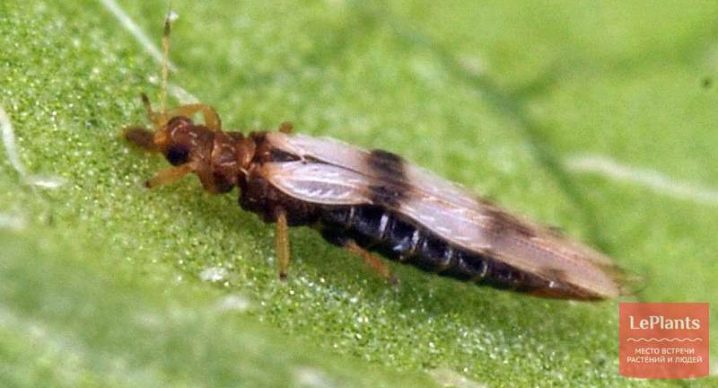
Use in landscape design
Sage is often used to decorate plots. Blooming salvia looks beautiful against the background of evergreens. It can be planted both in large flower beds and on neat alpine hills.
Lilies, roses, tulips and irises look beautiful next to sage. These plants go well with each other at any time of the year.
Knowing all this information about sage, you can safely plant it on your site.
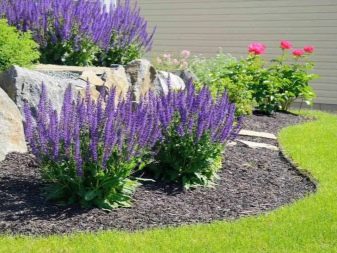
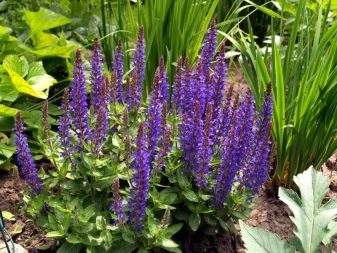













The comment was sent successfully.